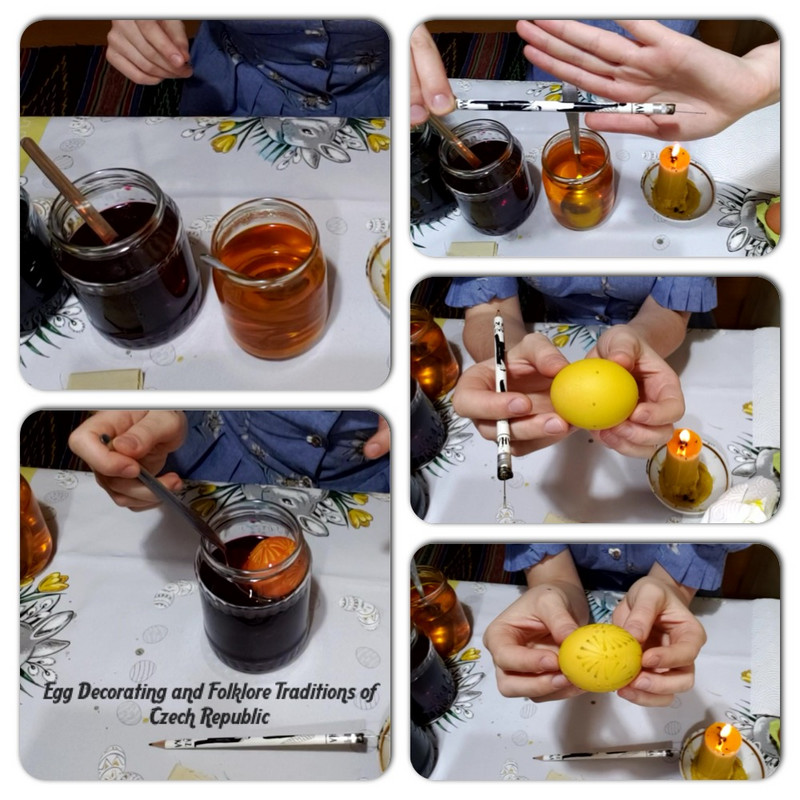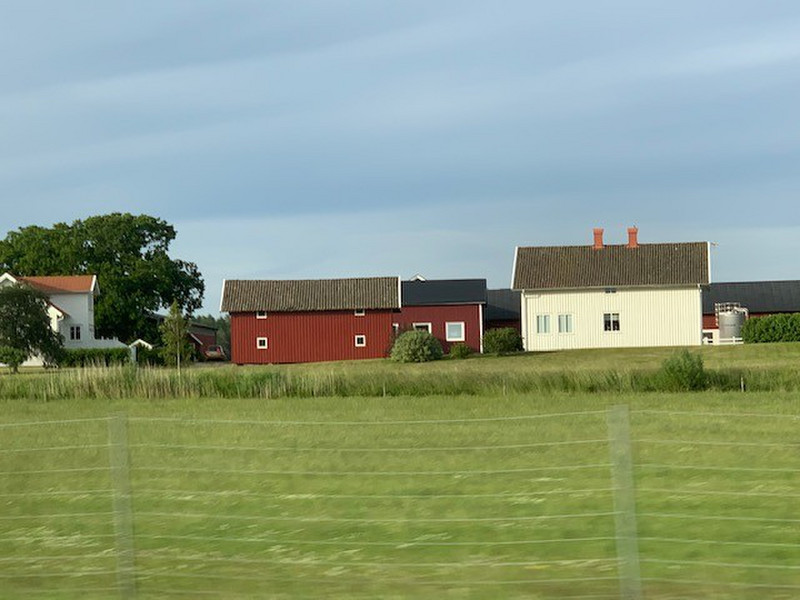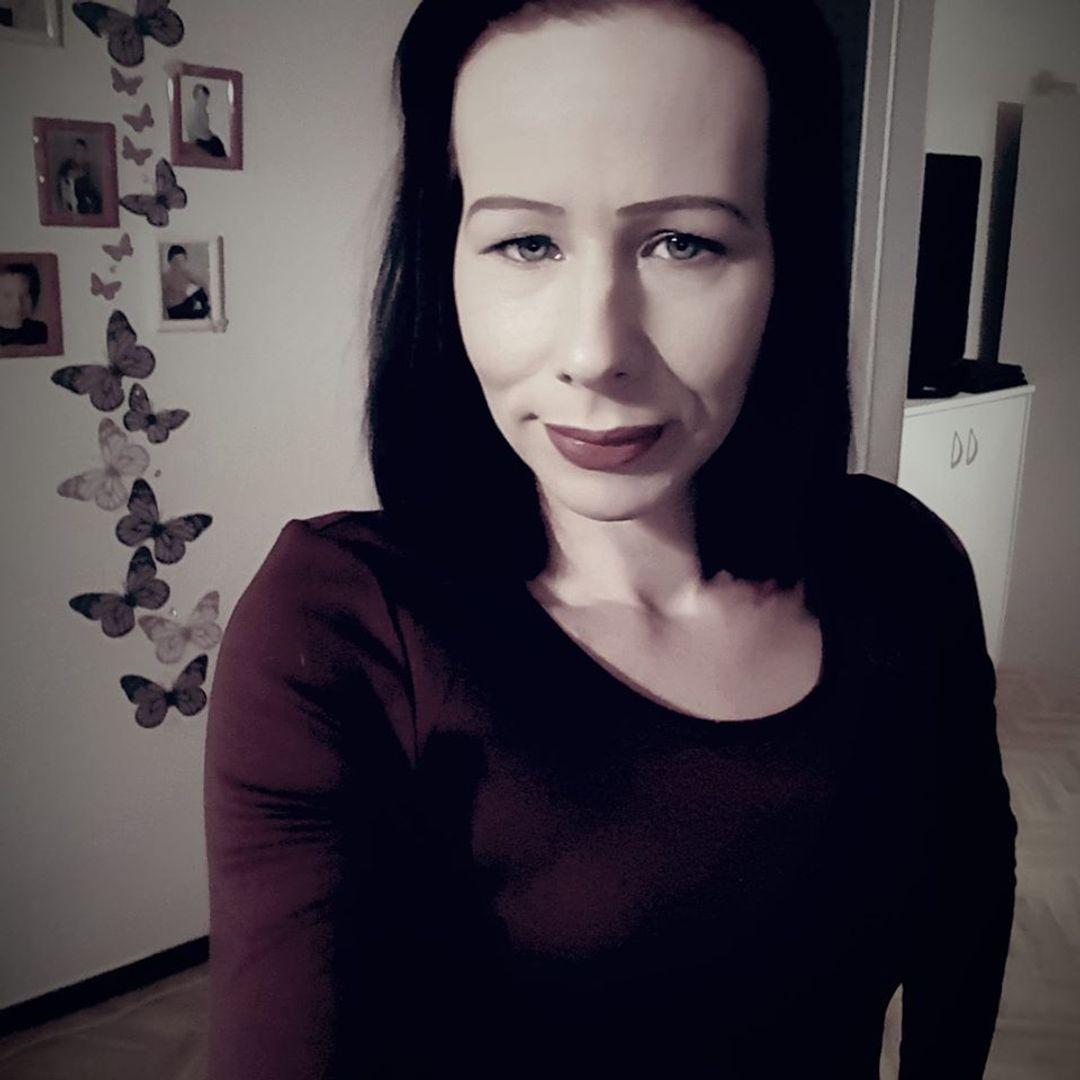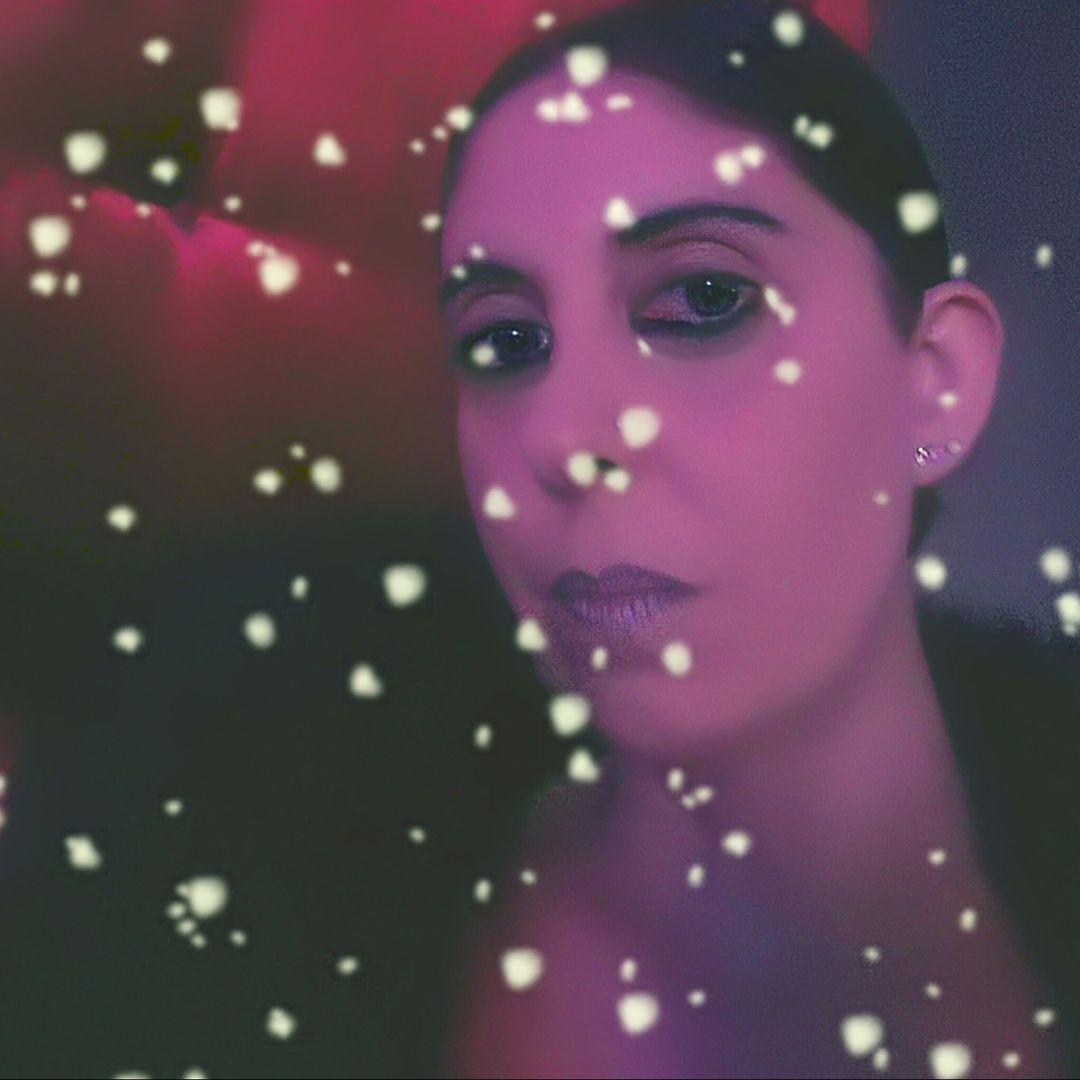For the Czech people, the Easter holiday signifies the end of winter and the beginning of spring, the time of year most often associated with eggs, an ancient symbol of life and rebirth. It was believed that the miraculous power of the egg was brought out through coloring and decoration.
Children finish school on Ugly Wednesday (kared středa), which is a good idea because they need to spend some serious time on making Easter what it should be. In the evening of Green Thursday (Zelen čtvrtek), every boy in the village equips himself with a wooden rattle (řehtačka), which is specially made for the purpose, the boys form a group and walk through the village, rattling their rattles vigorously, so the noise can be heard from afar. The meaning of the rattling is to chase away Judas. The same procedure repeats on Good Friday (Velk ptek) and one more time on White Saturday (Bl sobota) when the boys dont only walk through the village but stop at every
Easter Sunday (Neděle velikonočn) is a day of preparations for Easter Monday. Girls paint, color and decorate eggs if they havent done so already, and boys prepare their pomlzkas!
In my family, decorating Easter eggs is a simple affair: dip some hardboiled eggs in water filled with boiled onion peels and then place Easter stickers on the eggs.
The origin of the pomlzka tradition (pomlzka meaning both the whip and the tradition itself) dates back to pagan times. Its original purpose and symbolic meaning is to chase away illness and bad spirits and to bring health and youth for the rest of the year to everyone who is whipped with the young pussywillow twigs. Boys would whip girls lightly on the legs and possibly douse them with water, which had a similar symbolic meaning. An Easter carol, usually asking for an egg or two, would be recited by the boy while whipping. The girl would then reward the boy with a painted egg or candy and tie a ribbon around his pomlzka. As the boys progressed through the village, their bags filled up with eggs and their pomlzkas were adorned with more and more colorful ribbons.
This tradition is still largely upheld, especially in villages and small towns, although it may have lost its symbolism and romance and is now performed mainly for fun. Some boys and men seem to have forgotten that the whipping is supposed to be only symbolic and girls dont always like that. The reward has also changed - money and shots of plum brandy (slivovice) are often given instead of or in addition to painted eggs and candy. So by early afternoon, groups of happy men can be seen staggering along the roads... All that aside, Easter remains one of the most joyful holidays on the Czech calendar.









